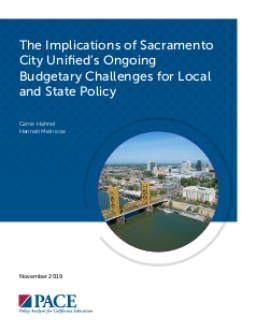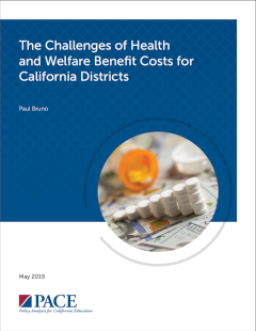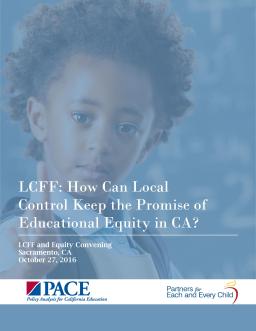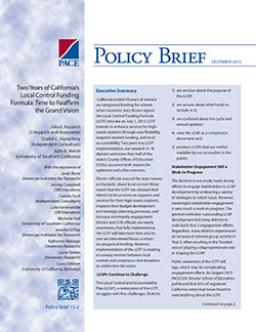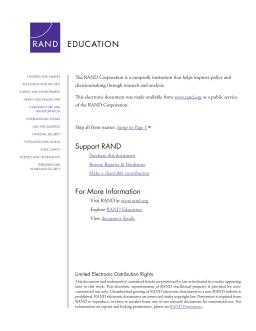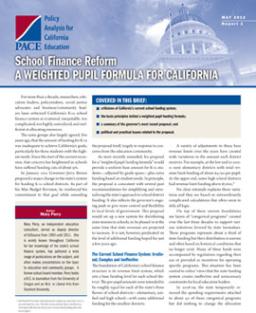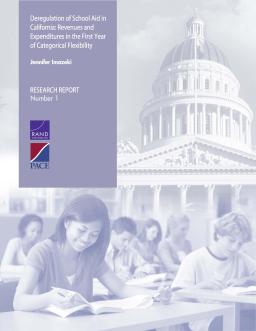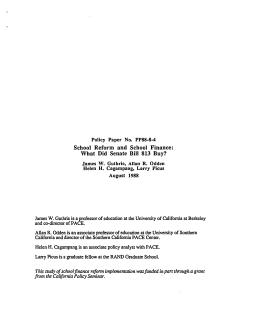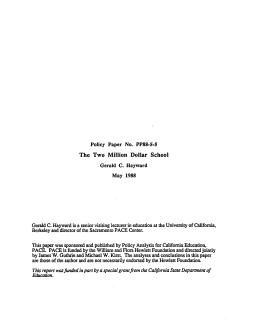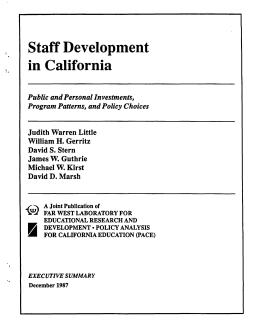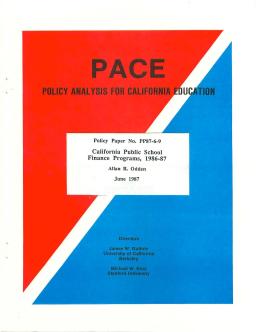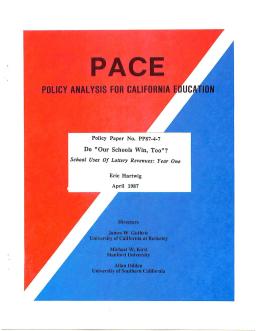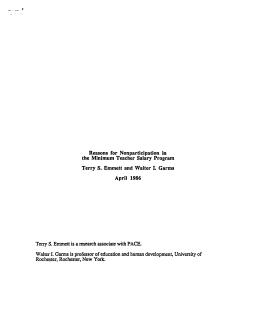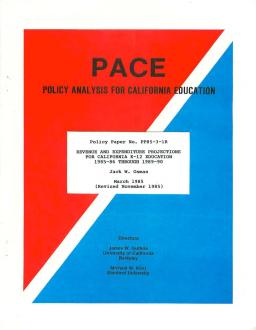Summary
Summary
Summary
This report highlights the challenges that California’s school districts face due to increasing employee health benefit costs, including retiree benefits. Such costs strain district budgets, making it harder to address other priorities, like increasing teacher salaries or supporting disadvantaged students. The brief suggests that districts must navigate these costs more effectively, with potential help from state policymakers, to ensure they are sustainable and not left as unfunded liabilities.
Summary
Summary
Summary
The Local Control Funding Formula (LCFF) replaced categorical funding for schools in California in 2013, providing flexibility, targeted student funding, and local accountability. Two years in, research shows optimism and concern. The Local Control and Accountability Plan (LCAP) faces challenges, stakeholders need more engagement, and implementation requires capacity and overcoming the emerging teacher shortage. Public awareness of LCFF lags at 65%.
Summary
Summary
Summary
This report commemorates the fifth anniversary of the Getting Down to Facts project, which sought to provide a thorough and reliable analysis of the critical challenges facing California’s education system as the necessary basis for an informed discussion of policy changes aimed at improving the performance of California schools and students. The report focuses on the four key issues that received emphasis in the Getting Down to Facts studies: governance, finance, personnel, and data systems.

